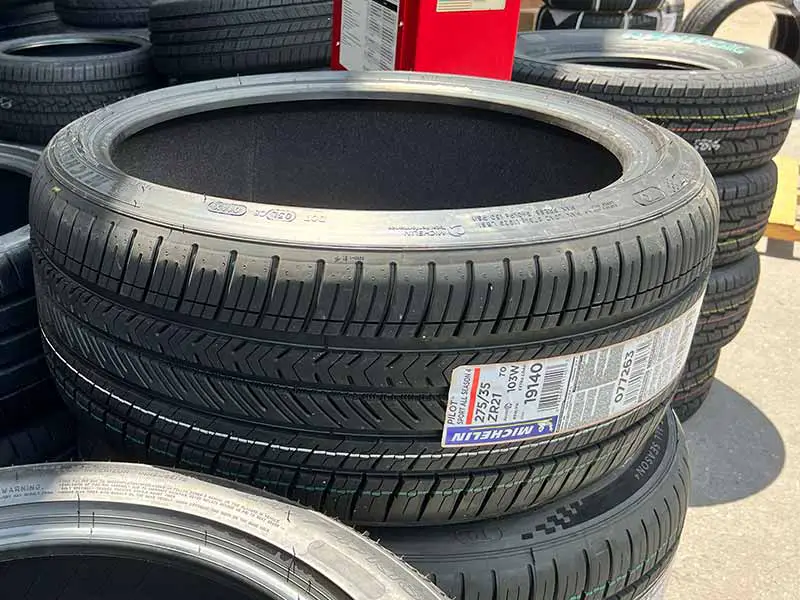Is balancing new tires really necessary? Shouldn’t new tires be balanced when they’re manufactured? Is balancing new tires a scam? While I know this is a necessary task for mounting new tires, I get why people ask this question.
The short answer is that it’s not a scam and really is necessary even though it can seem like it’s a waste of time and money. The reason is that you’re not just balancing the tire itself but you’re balancing the new tire and wheel together, and neither one of these are perfectly balanced.
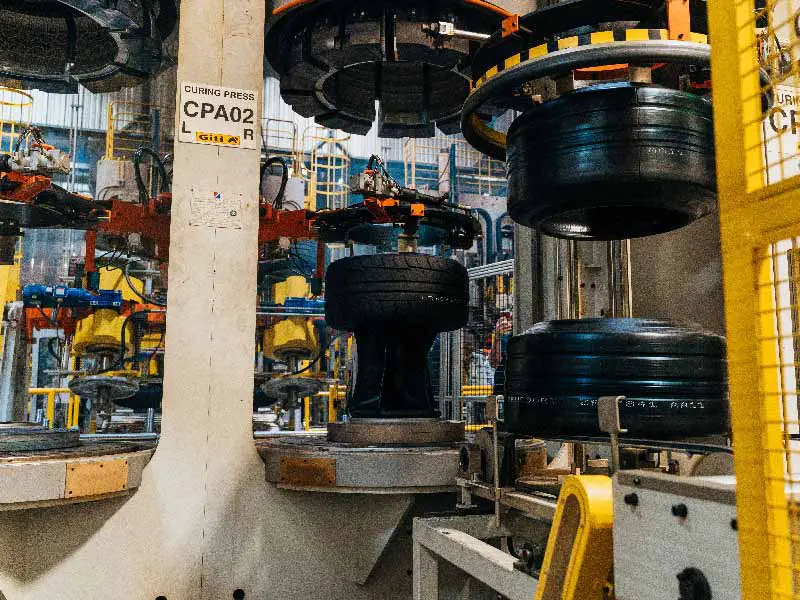
Do New Tires Need To Be Balanced?
New tires should always be balanced. Even the best tires will need slight adjustments to their balance to prevent uneven tire wear and ride smoothly.
When removing the old tires from the wheels, the new tires will change the overall balance of the wheel assembly and require the combination of new tires and old wheels to need to be rebalanced together.
In fact, you may find that even when having your new tires balanced, there will still be some vibrations through your steering wheel or felt through the seat or floorboard. Balancing can sometimes not be enough to sort out problems with your wheels.
Let’s take a closer look.
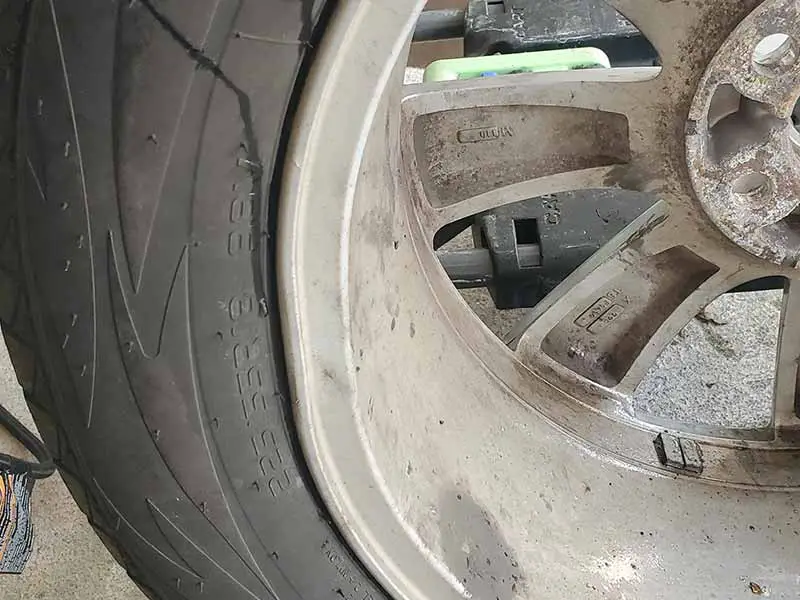
Why Do New Tires Need To Be Balanced?
Unfortunately, tires can’t be made perfectly balanced. There are always slight imperfections in the manufacturing process that will require a bit of correction to ensure they spin smoothly.
The same is also true for the wheels your tires are mounted onto. When your new tires are mounted to your old wheels, the balancing weights on your wheels that were used to balance the combination of the previous tire and wheel assemblies will need to be removed.
Once the old weights are removed, the combination of the new tires and wheels will have a different combined imbalance and need to be rebalanced together.
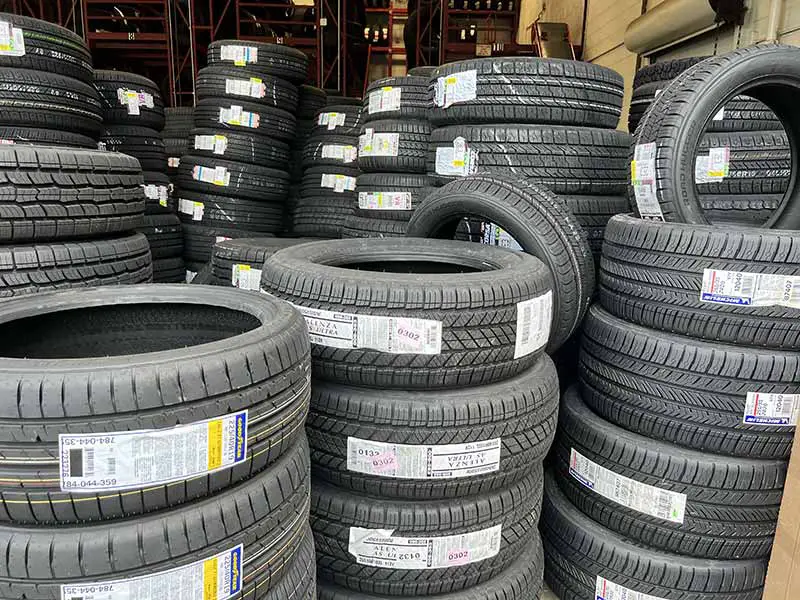
Car Shakes After New Tires
The most common cause of vehicle shaking immediately after having new tires mounted is a bent wheel that was on the rear and not noticed being rotated to the front axle during the installation of your new tires.
When the back wheels have minor damage from potholes and curb strikes they will usually be slightly out of balance and cause some vibrations. These vibrations are much less noticeable on the rear axle, but when they are moved to the front tires during a tire rotation or as part of the process of mounting new tires, the bent rim will become much more noticeable.
Tire balance can correct minor wheel damage, but more severely bent wheels will need to be repaired or replaced to eliminate the shaking, especially at high speeds.
What Is Tire Balancing
Tire balancing is really about balancing both your tire and wheel together. When your wheel and tire spin, if they aren’t balanced together, the wheel and tire will wobble slightly as they spin. To correct these inconsistencies in balance, small weights are added at certain locations around your wheel and tire assembly to correct the imbalances.
A tire balancing machine spins the wheel and tire at high speeds to measure the balance of the tires and wheels and inform the tire technician where to place the wheel weights around the wheel and how much weight is needed to correct the out-of-balance tires and wheels.
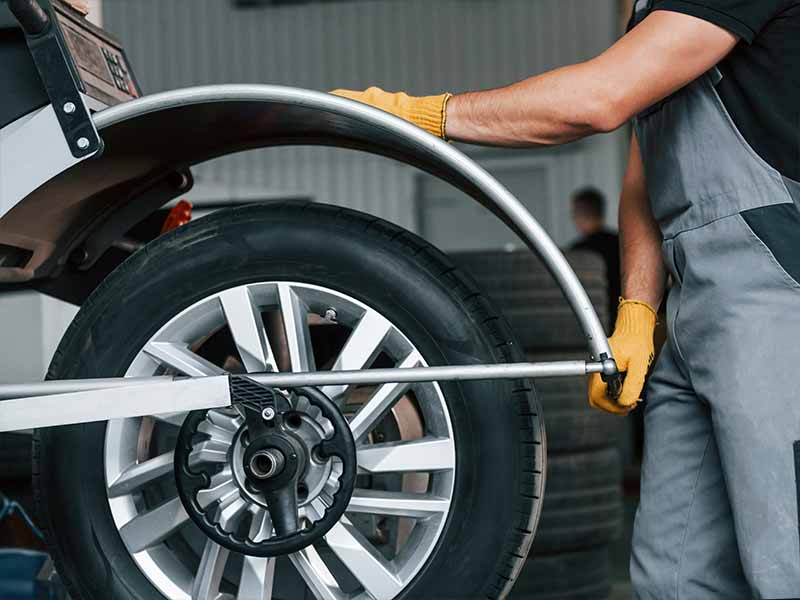
What Happens When A Tire Is Out Of Balance?
When tires are not properly balanced the most common symptoms are steering wheel vibrations, poor tire performance, and uneven tire wear. If your wheels and tires are not balanced properly, the tire and wheel will not spin smoothly and will bounce slightly as you drive down the road.
This bouncing is what causes the steering wheel vibration and uneven wear on your tires. If your tire is bouncing slightly as you travel, it can’t maintain the best grip on the road surface and tire performance is reduced.
The tire wear that occurs as a result of poor wheel balancing is called cupping or scalloping. Cupping is a diagonal uneven wear pattern across the tire tread.
A bent wheel due to pothole damage or a curb strike can also cause balance problems. Very minor wheel damage may be able to be corrected with wheel weights, and slightly more significant damage may be able to be fixed. Serious wheel damage will require replacement.
What Causes Unbalanced Tires And Wheels?
Tires are slightly out of balance when they are brand new. The tire manufacturing process doesn’t produce perfectly balanced tires, although they are quite close usually. Even perfectly balanced tires would still need balancing since the wheels they are mounted onto are usually not in perfect balance either.
As tires wear down, even if they wear evenly, they can lose some of their balance. Wheels also will drift slightly in their balance due to potholes and curb strikes causing slight bends over time. More significant hits from potholes and curbs can even alter the balance of a tire from a single hit without needing to repair or replace your wheel.
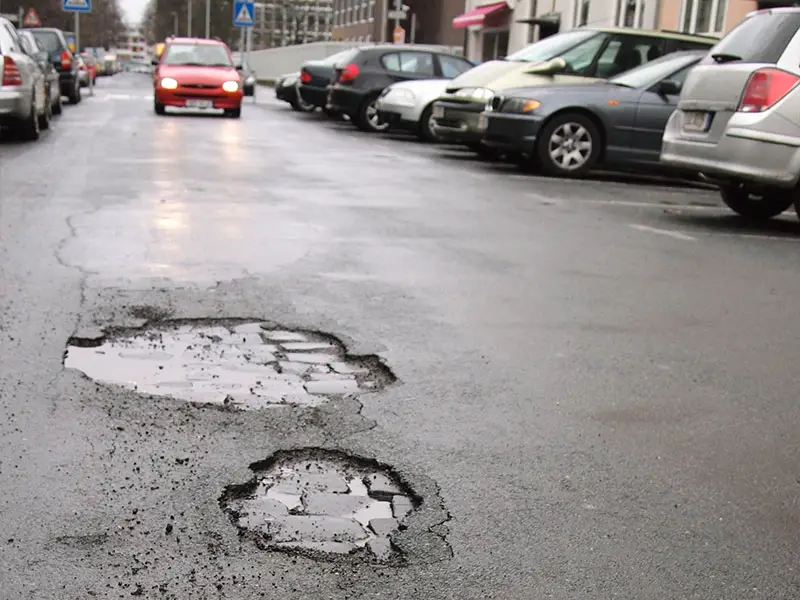
How Often To Balance Tires
We recommend you have your wheels and tires balanced every 10,000 miles. This coincides with the same mileage interval we recommend for having an alignment performed.
Since your wheel’s and tire’s balance will drift over time due to normal wear and tear, rebalancing your tires will help ensure they wear as evenly as possible which will reduce tire noise, provide a smoother ride quality, and help your tires last longer.
If you have a local tire shop that uses a road force balancer your tires and wheels will be more accurately balanced and will remain balanced at higher speeds.
Road force balancers press the wheel assembly against a surface that is designed to mimic the weight of a car or truck slightly compressing the tire. Including this force as part of the balancing process more accurately reproduces the real-world balance of the wheel assembly. A more accurate balance will reduce vibrations due to slight imbalances at higher speeds.
Resources
Below are some links you may find helpful when learning about tires
- How do I know if my tires need to be balanced? – Les Schwab
- Tire balancing: What you need to know – Evans Tire
Final Thoughts
Even tire wear is key to long tire life. Tire balancing, wheel alignment, and tire rotation are the main factors that you should stay on top of to get the most out of your tires.
It may seem like tire balance should be perfect with new tires, but even if that were true imbalanced wheels still need to be properly balanced with the new set of tires to ensure your tires don’t suffer from cupping and your steering wheel doesn’t vibrate at highway speeds.
Good luck and happy motoring.
